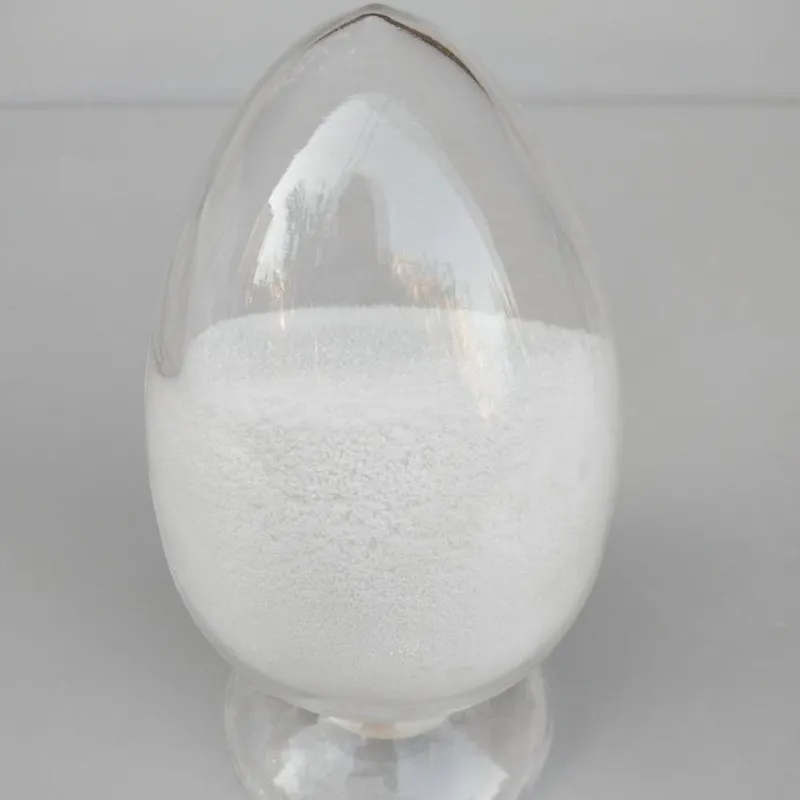
Understanding Emulsifiers and Their Role in Food Products and Processing Techniques
Understanding Emulsifier INS 471 A Comprehensive Overview
Emulsifiers play a crucial role in the food industry, acting as agents that facilitate the mixing of ingredients that normally do not blend well, such as water and oil. One such emulsifier is INS 471, also known as Mono- and Diglycerides of Fatty Acids. This compound is derived from glycerol and fatty acids, and it is widely used in various food products to improve texture, stability, and shelf life.
What is INS 471?
INS 471 is classified as a food additive under the International Numbering System (INS) and is primarily recognized for its emulsifying properties. It is derived from natural sources, specifically vegetable oils or animal fats, undergo chemical processing to produce mono- and diglycerides. These compounds possess both hydrophilic (water-attracting) and lipophilic (fat-attracting) properties, allowing them to stabilize emulsions by reducing surface tension at the interface between oil and water.
Applications in the Food Industry
INS 471 can be found in a wide variety of food products, including baked goods, margarine, ice cream, and sauces. In baked goods, it helps retain moisture, improving the texture and shelf life of breads and pastries. In margarine and spreads, INS 471 assists in creating a uniform consistency, ensuring that the product remains stable over time.
Moreover, in ice creams, emulsifiers like INS 471 can enhance creaminess and prevent the formation of ice crystals, providing a smoother mouthfeel. In sauces and dressings, it aids in achieving a stable emulsion, ensuring that the ingredients do not separate.
Safety and Regulations
emulsifier ins 471

The use of INS 471 is regulated by food safety authorities worldwide, including the Food and Drug Administration (FDA) and the European Food Safety Authority (EFSA). Studies have demonstrated that when consumed in reasonable amounts, INS 471 is safe for the general population. However, there can be variations in individual tolerance, particularly among those with dietary restrictions or allergies related to specific sources of fats.
It is important for consumers to be aware of the sources of mono- and diglycerides, as they can be derived from both plant and animal fats. This distinction is particularly relevant for vegetarians, vegans, and individuals with specific dietary preferences.
Benefits of Using INS 471
Incorporating INS 471 into food formulations offers several benefits. One of the most significant advantages is its ability to improve the texture and stability of products. By promoting uniform distribution of ingredients, it enhances the overall sensory experience of food.
Additionally, INS 471 can be beneficial in extending the shelf life of products, minimizing the need for artificial preservatives. As a result, manufacturers can produce cleaner label products, appealing to health-conscious consumers who prioritize ingredient transparency.
Conclusion
INS 471, or Mono- and Diglycerides of Fatty Acids, is a versatile and widely used emulsifier in the food industry. Its ability to stabilize emulsions, enhance texture, and improve shelf life makes it an invaluable ingredient in many products. While it is generally recognized as safe, consumers should remain informed about the sources of this additive to make suitable dietary choices. As the food industry continues to evolve, the role of emulsifiers like INS 471 will likely remain pivotal in developing new and innovative food products that meet consumer demands for quality and safety.
-
Pure Sodium Dichloroisocyanurate Dihydrate | Powerful DisinfectantNewsAug.29,2025
-
Industrial Chemicals: Quality & Purity for Every IndustryNewsAug.28,2025
-
Nitrile Rubber Honoring Strict Production StandardsNewsAug.22,2025
-
Aspartame Ingredients Honoring Food Safety ValuesNewsAug.22,2025
-
Fertilizer for Balanced Plant NutritionNewsAug.22,2025
-
Cyanide Gold Processing with High Purity AdditivesNewsAug.22,2025
-
Formic Acid in Textile Dyeing ApplicationsNewsAug.22,2025
Hebei Tenger Chemical Technology Co., Ltd. focuses on the chemical industry and is committed to the export service of chemical raw materials.
-

view more DiethanolisopropanolamineIn the ever-growing field of chemical solutions, diethanolisopropanolamine (DEIPA) stands out as a versatile and important compound. Due to its unique chemical structure and properties, DEIPA is of interest to various industries including construction, personal care, and agriculture. -

view more TriisopropanolamineTriisopropanolamine (TIPA) alkanol amine substance, is a kind of alcohol amine compound with amino and alcohol hydroxyl, and because of its molecules contains both amino and hydroxyl. -

view more Tetramethyl Thiuram DisulfideTetramethyl thiuram disulfide, also known as TMTD, is a white to light-yellow powder with a distinct sulfur-like odor. It is soluble in organic solvents such as benzene, acetone, and ethyl acetate, making it highly versatile for use in different formulations. TMTD is known for its excellent vulcanization acceleration properties, which makes it a key ingredient in the production of rubber products. Additionally, it acts as an effective fungicide and bactericide, making it valuable in agricultural applications. Its high purity and stability ensure consistent performance, making it a preferred choice for manufacturers across various industries.





